Urban Edge
Digital Equity Plan Version 1
5_1_2022
Agenda
Agency Introductions
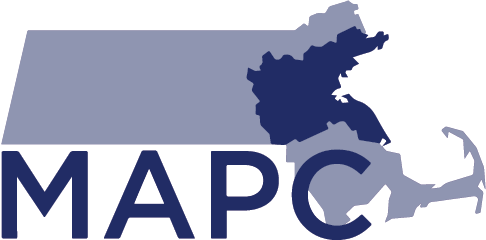
Discussion
Existing Conditions
Actions
Goals
-
HQ in Jackson Square
-
Builds affordable housing
-
Provides resident support and community engagement
-
Helps families build wealth
-
Prevents displacement
-
Seeks out partnerships to better serve the community
-
Pandemic revealed many long-standing inequities, including the digital divide
Urban Edge
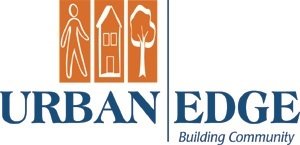
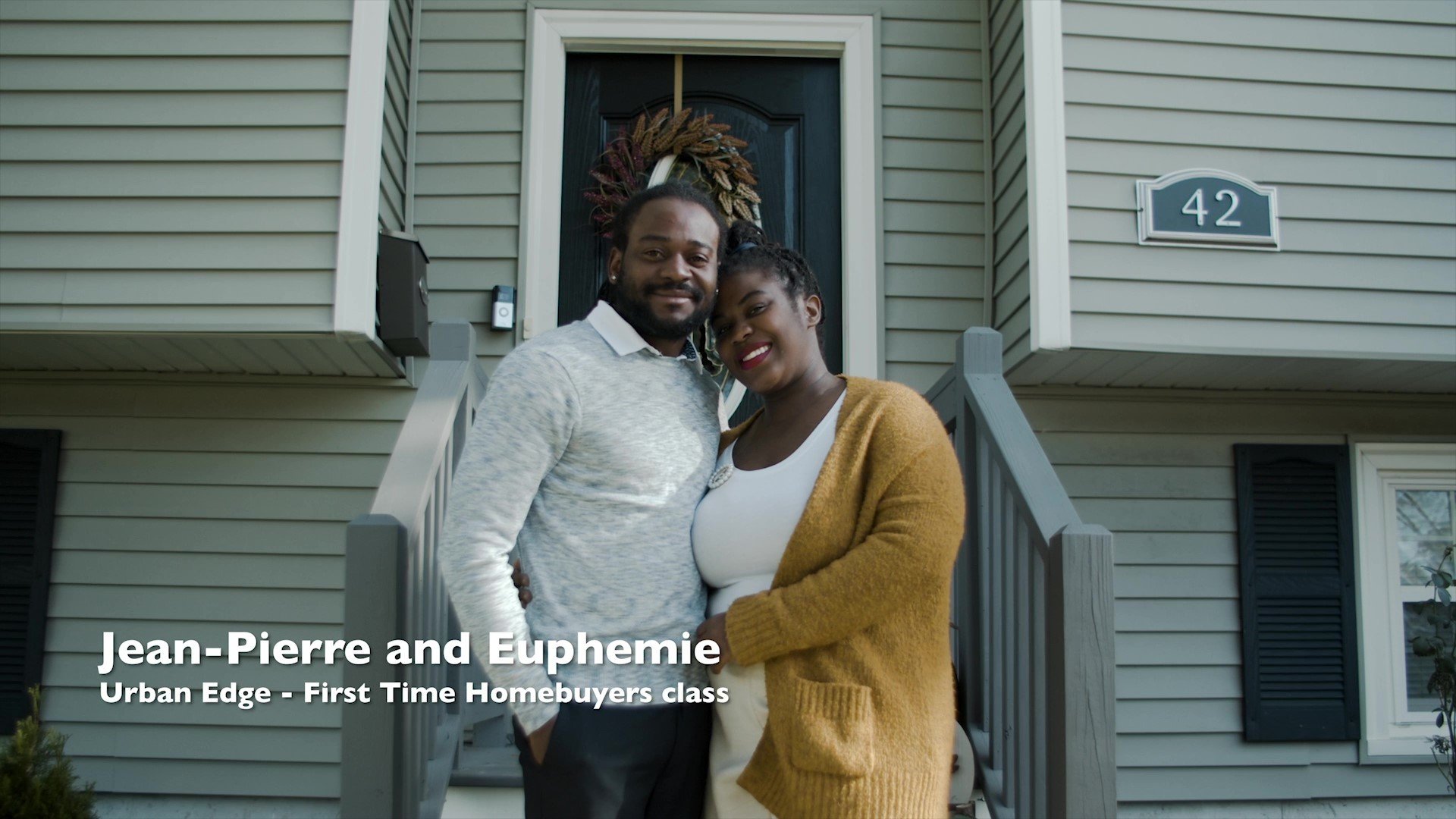
-
Housing
-
Transportation
-
Climate Resilience and Clean Energy
-
Economic Development
-
Land Use
-
Municipal Government
-
Policy
-
Digital Access


Metropolitan Area Planning Council
Phases of Work

- Evaluation of Current Internet Providers and Levels of Service
- Analysis of Community Access to Device and Internet
Phase 1A: Existing Conditions (July - August)
Phase 1B: Community Needs Assessment (August - December)
- Identification of Population Specific Challenges and Needs via Survey
- Focus Group(s) and Key Stakeholder Interviews with Community Members
-
Review of Existing Infrastructure and Assets Along Columbus Ave
-
Assessment of Potential Technology Interventions and Programs
Phase 2: Infrastructure and Technology Evaluation (January - March)
- Development of an Operational Framework that Urban Edge can use to Implement a Tech Solution, PLUS Programs for Skills Development and Community Ownership
Phase 3: Digital Operation Framework (April - May)

Three Determining Factors of Digital Access



Connection
Adequate Device
Literacy
Fast
Affordable
Router
Personal Computer /Laptop
Use of Technology
Ensuring functioning equipment
Evaluating quality of information and privacy risks

Digital Justice Principles
Digital justice provides multiple layers of communications infrastructure in order to ensure that every member of the community has access to lifesaving emergency information.
Digital justice ensures that all members of our community have equal access to media and technology, as producers as well as consumers.
Digital justice values all different languages, dialects and forms of communication.
Source: Allied Media, Teaching Community Technology Handbook
Existing Conditions Analysis
In June 2021 the U.S. Department of Commerce’s National Telecommunications and Information Administration (NTIA) released a map that displays key indicators of broadband needs across the country.
Columbus Ave Corridor stood out

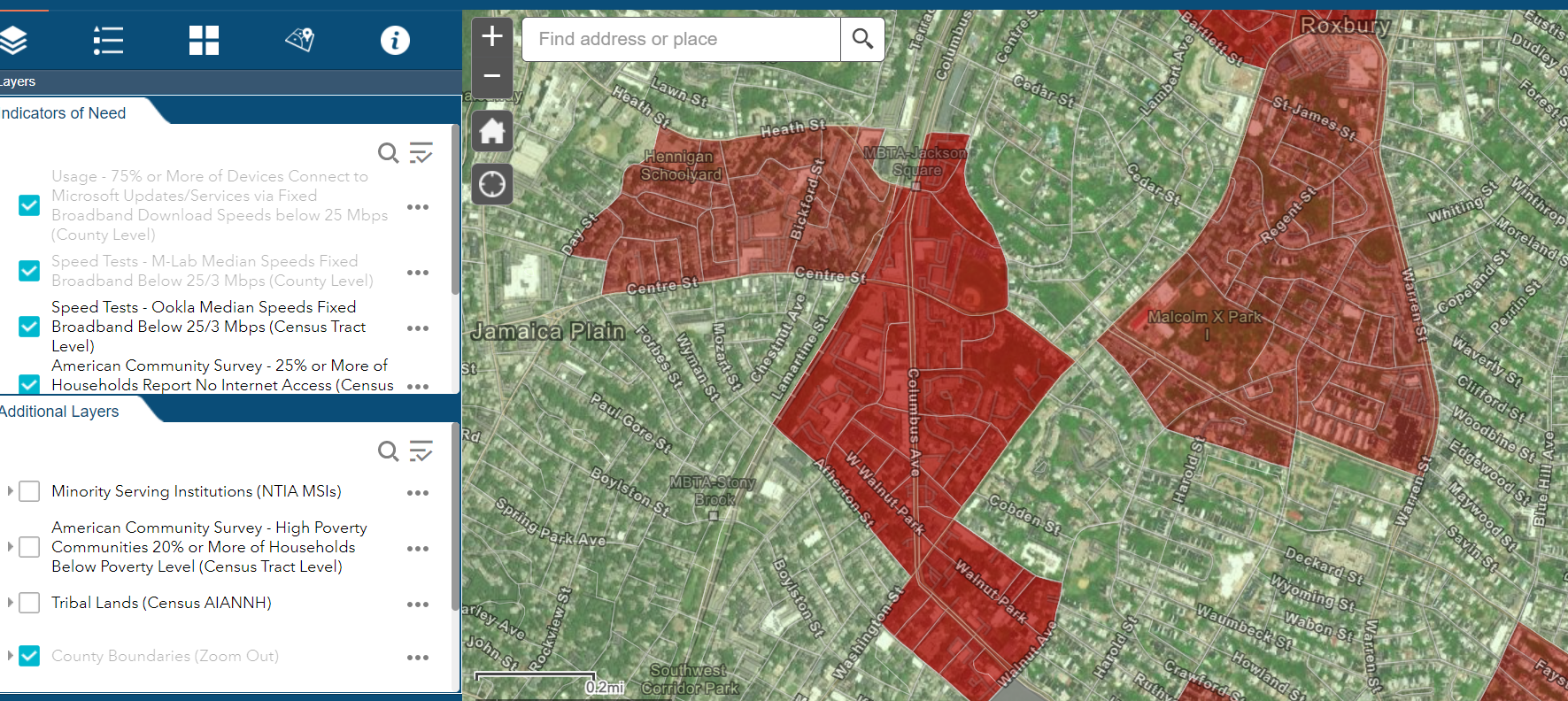

U.S. Department of Commerce’s National Telecommunications and Information Administration (NTIA) National Indicators of Broadband Need
Not Connected
Total Surveys Conducted
Target Survey Goal
200
265
Area Population
Race/Ethnicity
40%
Seniors
Area PopulationAge
Surveys
19%
12%
Seniors
40%
Black / African American
Black / African American
35%
Area Population
Race/Ethnicity
Hispanic or Latinx
Hispanic or Latinx
40%
56%
Columbus Ave Corridor Resident Survey
According to Census data, 27 to 39% of “Columbus Ave Corridor” households do not have access to the internet.
What was learned from the Survey?
~27%
Of residents do not currently currently have an internet subscription.
That number is just 7% when we look at all US households

~54% of seniors do not have an internet subscription in their home.
Affordability is often cited as a primary reason for the lack of an internet connection.
Is it Affordable?
~63%
of survey respondents without an internet subscription cite the reason as "too expensive"
52% of respondents have an annual household income of less than $25,000

Among non-broadband users, 45% say a reason why they do not have broadband at home is that the monthly cost is too expensive (Pew Researh Center)
Affordability is not the only barrier to adoption.
What was learned from the Survey?
~15%
of those without an Internet subscription say they don't know how to subscribe

Focus Groups
Individual Conversations
Stakeholder Engagement
Stakeholder insights:
Warren Williams, E.D, Three Squares Main Streets
Sandra Waldon, Dimock Health Center
Mike Lynch, City of Boston, Director of Broadband and Cable
Salvatore Pina, Leslie Wood, Mya Bowen; Roxbury Community College (RCC)
Amy Nishman, Jewish Vocational Services (JVS), Senior Vice President of Strategy
Nessie Ruiz, Tech Goes Home
Milton Erving, Timothy Smith Network
Scott Hagerty, InSource Services
Denise Delgado, Egleston Square Main Streets (email correspondence)
Lydia Agro and Joel Wool, Boston Housing Authority (BHA)
Residents and
community leaders
Urban Edge Staff
Affordable housing groups, JPNDC, TCB, MACDC, Winn Companies

Stakeholder constituency: Seniors, public housing residents, families, jobseekers, healthcare patients, community college and continuing Ed students, immigrants, business owners, transitional housing residents
- Desire for partnership between organizations to close the digital divide.
- Request support and collaboration in order to qualify for incoming state and federal aid
- Digital Literacy for seniors, career (re) training, business owners and ESL learners
Stakeholder constituency: Older adults, public housing residents, families, jobseekers, healthcare patients, community college and continuing ed. students, immigrants, business owners, transitional housing residents
Operational Framework Goals
90% of Columbus Corridor residents are connected to affordable, secure, high quality broadband service.
73% of all residents are currently connected to broadband
Goal:
90% of all residents connected
0%
100%
Connectivity Goal:
90% of Columbus Corridor residents report confidence using or accessing support to use digital tools to pay bills, communicate, access resources and maintain their security and privacy online.
82% report confidence using devices
57% feel comfortable resolving issues related to internet access
Goal: 90%
0%
100%
Digital Literacy Goal:
90% of Columbus Corridor residents can identify support resources in finding and registering for affordable broadband services.
52% of survey respondents are Internet Essential customers
12% of eligible households registered for ACP
0%
100%
Subsidy Goal:
Identify the unconnected and create an affordable pathway for those individuals to be connected to the Internet, if they so wish.
To accomplish these goals, MAPC believes that Urban Edge and its partners must do the following:
Promote, and/or create digital literacy training opportunities and/or incorporate components of digital literacy into existing programs.
Create, promote and support opportunities for community residents to engage and lead digital access and equity work in their community.
Affordable Connectivity Program (ACP)
Columbus Corridor WIFI Network
Tech Goes Home
Coordinate among CBO's
Digital Navigators
Digital Stewards
Actions

Digital Navigators / Digital Stewards
Digital Navigators
Digital Stewards
- Different from Navigators, Digital Stewards are community members who receive advanced training in internet network technology.
- They are able to support community-focused WiFi programs that support free and open internet networks.
- Individuals who address the digital inclusion process — home connectivity, devices, and digital skills
- Navigators can be volunteers or cross-trained staff who already work in social service agencies, libraries, health, and more who offer remote and socially distant in-person guidance. Can help support the critical issue of adoption as well as access.
Examples
NDIA w/ Salt Lake City Library
Providence w/ Digital Promise
Connecticut State Library
Examples
Southern Connected Communities
Red Hook Digital Stewards
Chelsea, Everett, Malden
Digital
Resources
Staff
Programming
Network
People
Social Networks
Community Groups
Fiber routes
Equipment
Design, installation and maintenance
Buildings
Towers
Poles
Rooms
Community Networks Assets

Physical

Organizational

Social

City of Boston
Internet Service Providers
Managed Network Vendors
City of Boston, BHA
Urban Edge properties
Partner CDC's properties
Urban Edge Staff and structure
Stakeholder staff (CDC's, CBO's)
State and Federal Resources
Urban Edge residents
Stakeholder constituents
Community College students
Local Businesses
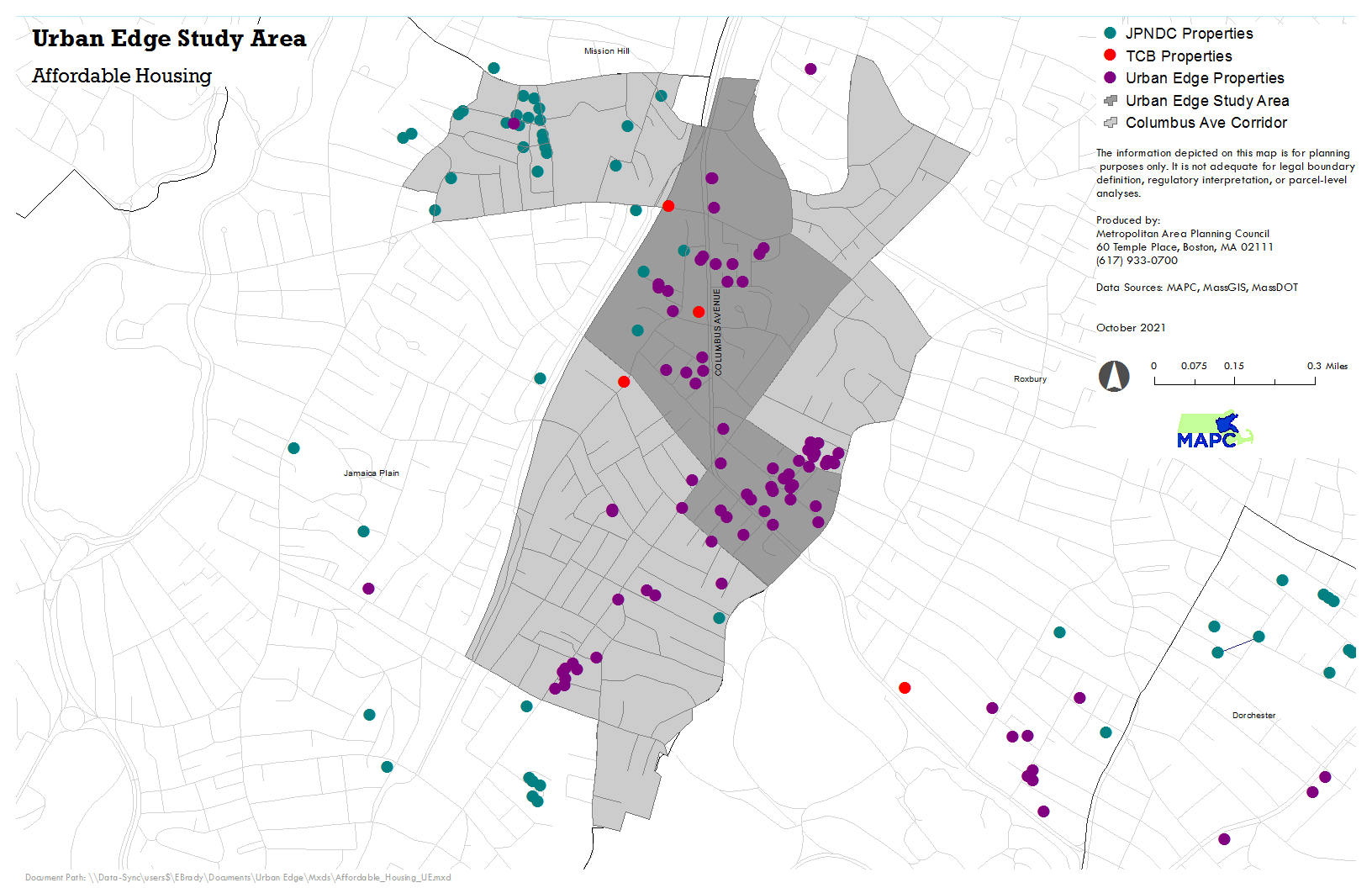

Image courtesy of Resilient Communities, Community Technology NY
Example: Creating reliable broadband connections in a neighborhood
Potential Columbus Corridor Network Design
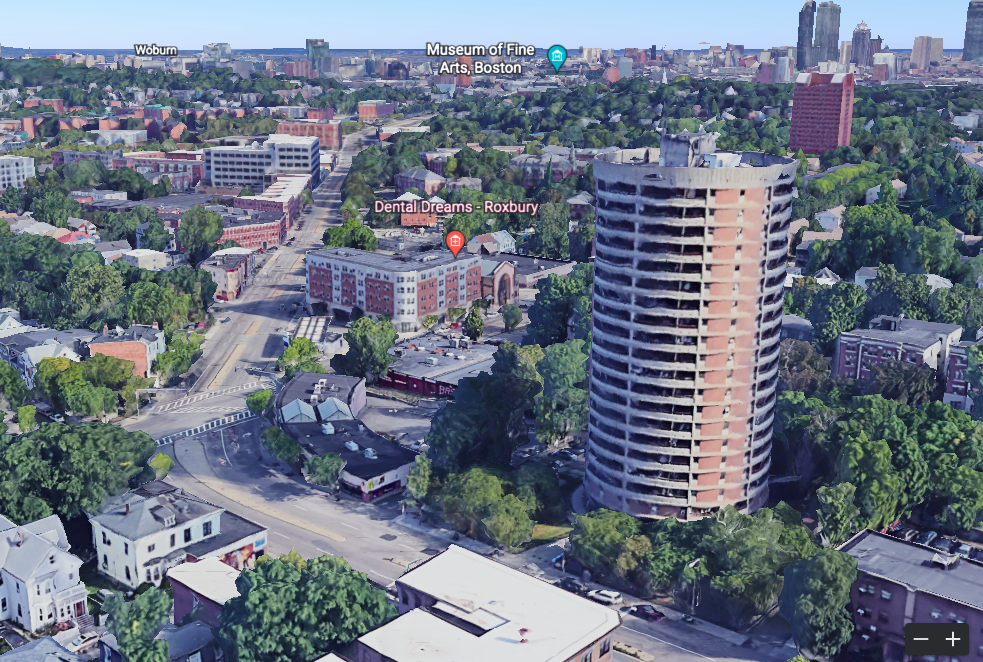












Egleston Crossing
Affordable Housing Clusters in Columbus Corridor
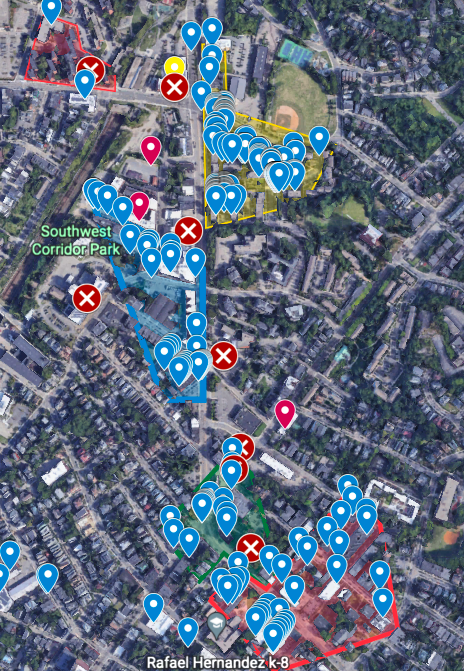







Mildred Hailey
JPNDC, TCB, Urban Edge, BHA
Cluster 2
225 and 250 Centre (TCB)
1599 Columbus, Urban Edge Offices, Academy Homes, Jackson Commons (Urban Edge)
Cluster 3
1785 Columbus (Horizons for the Homeless, Youthbuild)
Amory Terrace, Bancroft Apts, Dimock-Bragdon, Holtzer Park (Urban Edge)
125 Amory (TCB)
75 & 25 Amory (JPNDC)
Cluster 4
Egleston Crossing, Egleston Center, UE Apartments (Urban Edge)
Doris Bunte Apartments (BHA)
Cluster 5
Walker Park, Dixwell Park, Wardman, Westminster (Urban Edge)
~1500
Affordable Housing Units
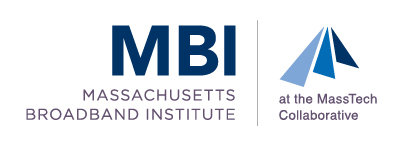

$30 subsidy available to income eligible residents for internet, $75 for device. acpbenefit.org
$50M Digital Equity Fund allocated under State ARPA Legislature. Parameters and programs TBD.
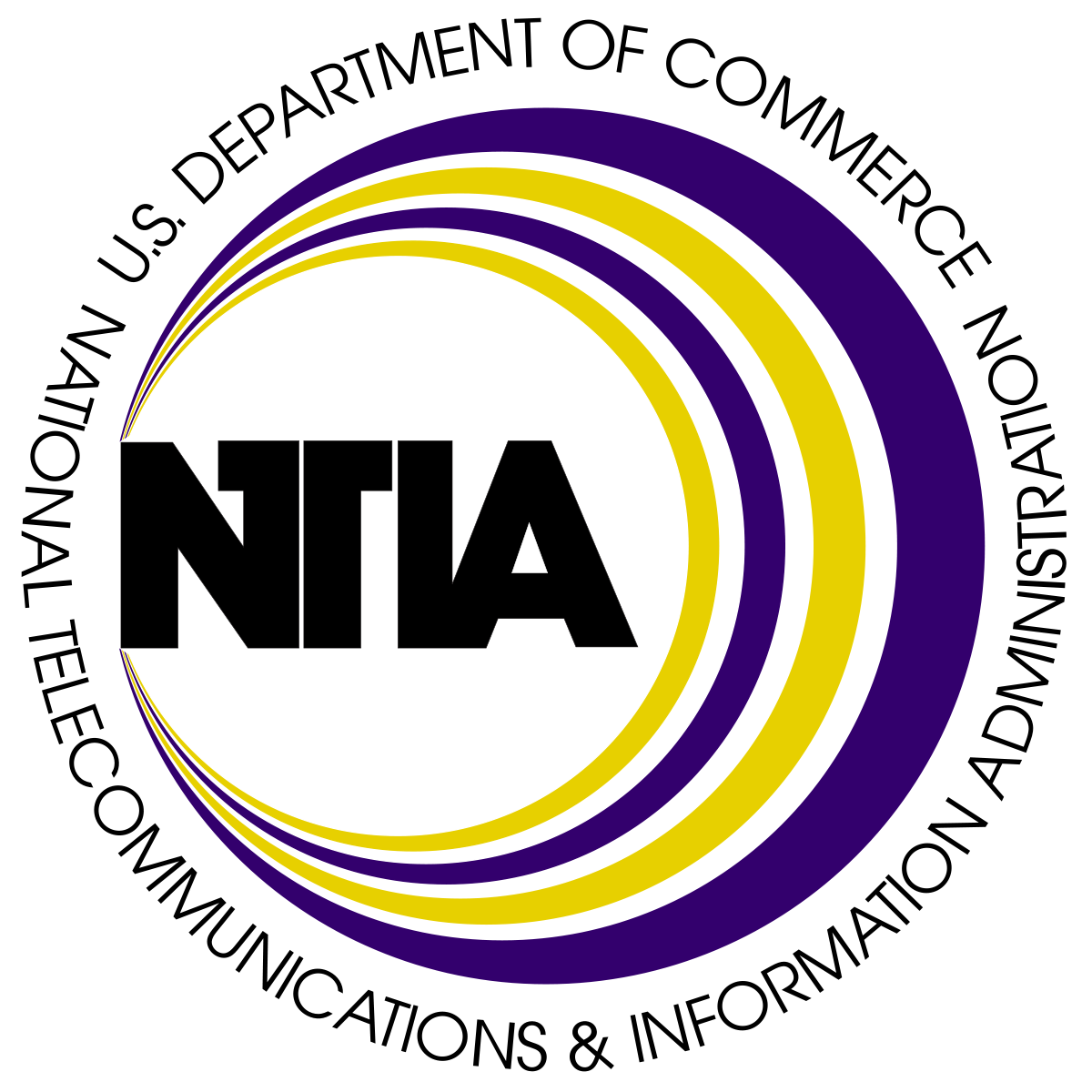
Administering $46.5B in IIJA funds for broadband. Includes a $100M allocation to Mass as a baseline. Final determination forthcoming.
Funding Resources
Actions to take
Short- Term
Immediately
Medium- Term
Within 6-12 months
Long- Term
Within 1-2 years
Increase awareness of existing resources
Short- Term
Tree of Life, Dimock, CDC Partners
Affordable Connectivity Program and Internet Essentials Registration
Tree of Life, Dimock, Main Streets, CDC Partners
Share locations and hours of public computer labs and digital device loan programs
Short- Term
Increase Local Capacity
Short- Term
CDC Partners, CBO's
Hire Staff responsible for Digital Access and Equity for Columbus Ave residents
Tree of Life, Tech Goes Home, Timothy Smith, JVS, CDC partners
Further develop digital literacy and career training programs
RCC, YouthBuild, Timothy Smith, CDC Partners
Develop Digital Steward program
Medium- Term
Medium- Term
Increase affordable broadband access
Short- Term
CDC Partners
Identify, operationalize and circulate best practices for data cabling in new construction and renovation planning
CDC Partners
Upgrade connection at Holtzer Park and Walker Park
Network service provider, CDC partners, MAPC
Hire managed network service provider to design community wide deployment
Medium- Term
Short- Term
Medium- Term
City of Boston, BHA, CDC Partners, Youthbuild, RCC
Expand outdoor and common area public WIFI access
CDC partners, City of Boston, BHA, housing providers
Expand community broadband network into participating homes
Long- Term
Increase affordable broadband access
April '22
July '22
Oct '22
Jan '23
April '23
July '23
Oct '23
Digital Access Fellowship/Project Manager new hire
Further develop digital literacy and technology career training programs
Recruit and begin Digital Steward training program—install WIFI hotspots, Helium routers, conduct adoption and literacy campaigns
Develop best practices for data cabling in new construction and renovation planning
Pilot upgraded connection at Holtzer Park and Walker Park
Hire managed network service provider to design community wide deployment
Deploy network infrastructure
Expand community broadband network into participating homes
Submit proposal for WIFI network funding
Promote existing resources and initiate ACP and Internet Essentials Registration
Community Network Design and Deployment Timeline
Initiate public WIFI network
Capacity Building Timeline
Additional Information
According to this Census data 39% of “Columbus Ave Corridor” households do not have access to the internet.
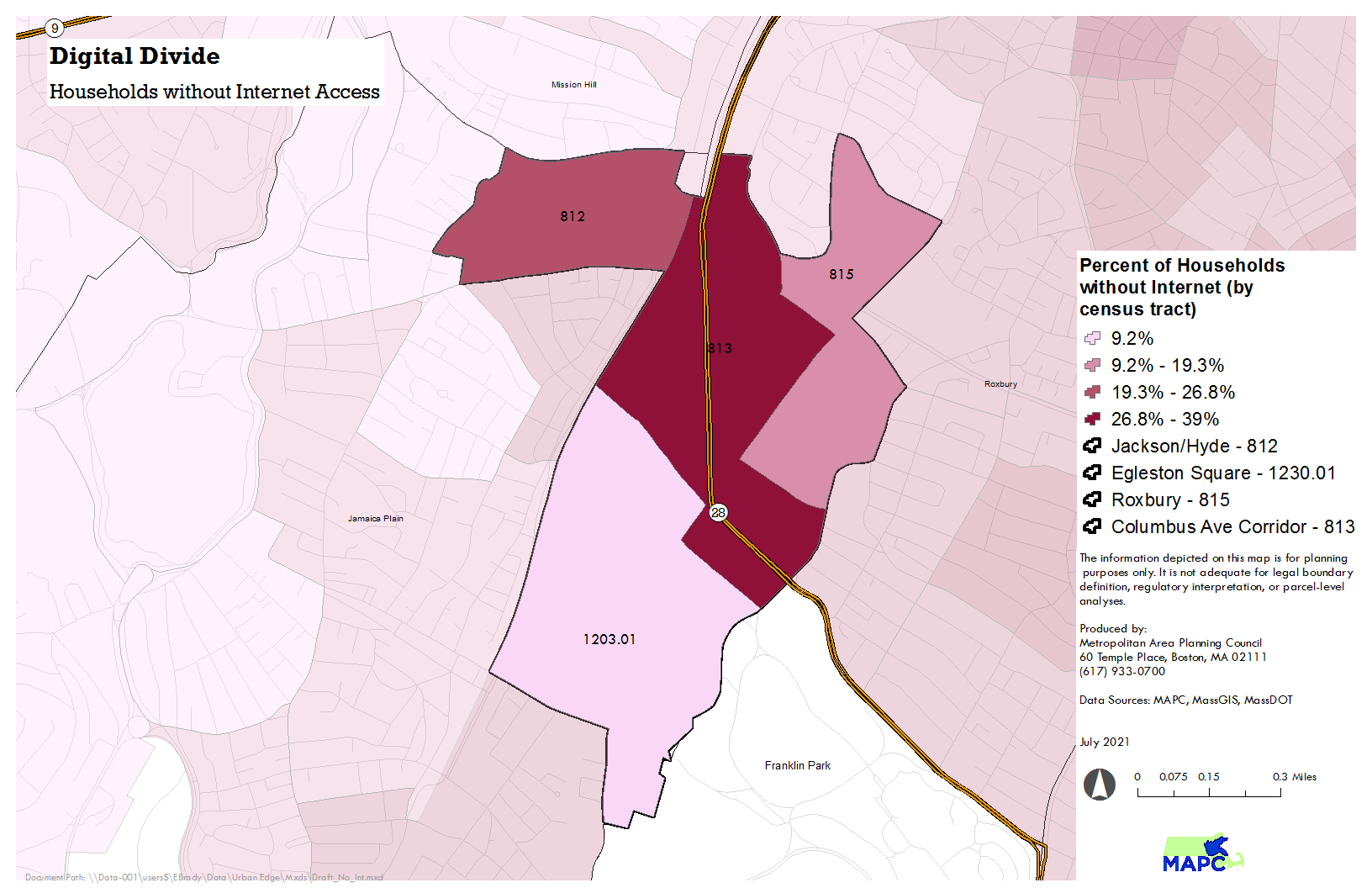
Households Without Internet

Households Without a Computer
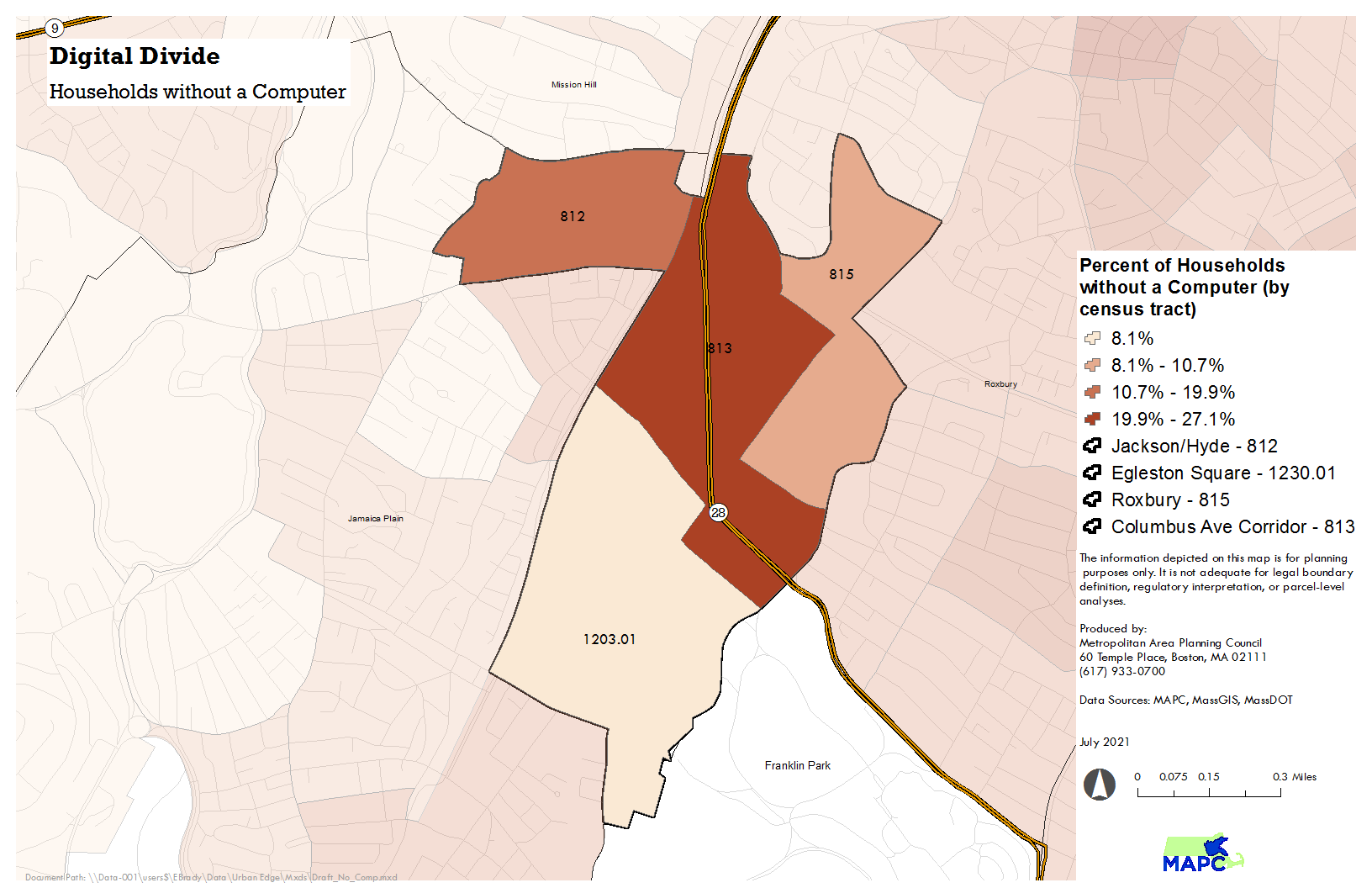
According to this Census data 27.1% of “Columbus Ave Corridor” households do not have a computer.


The Columbus Ave Corridor experiences substantially higher levels of digital divide issues than Boston as a whole.


Digital Access Needs Compared to Boston
Household Size and Reliability
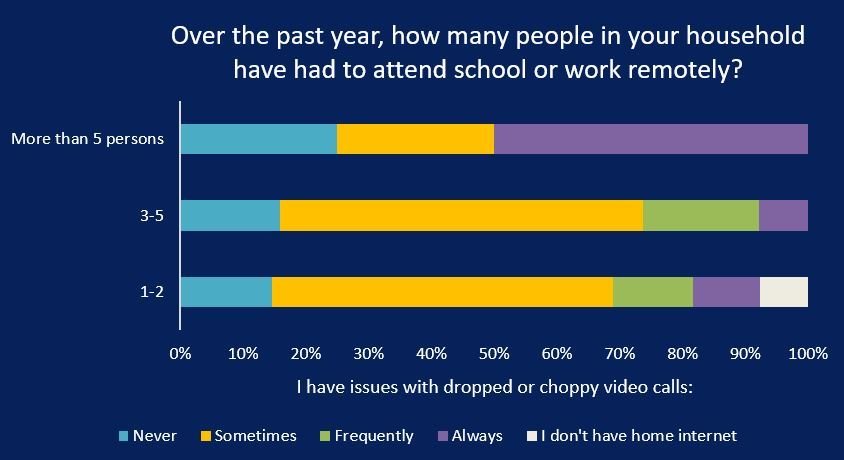

38%
of respondents disagree with "People in my household always have access to a computer if needed"
Device Access
According to Census data, 20 to 27% of "Columbus Ave Corridor" households do not have a computer.
95% of Columbus Corridor residents believe Urban Edge supports their digital access issues and needs


An Adequate
Device
Literacy
Connection

Stakeholder Engagement Learnings




Needs
Insights
Digital Literacy for seniors, career (re) training, business owners and ESL learners
Digital tools for businesses
Internet access is needed in order to allow community members to attend school, conduct work, search for jobs, access government assistance, and connect with friends and family
Many of the stakeholders are open to partnership and collaboration between organizations, and a desire to increase their work in helping to close the digital divide.
Stakeholder organizations identified the incoming state and federal aid as a resource for this work, but are unsure of how to proceed. Collaboration within groups and with the City of Boston is likely necessary in order to qualify for these funds.